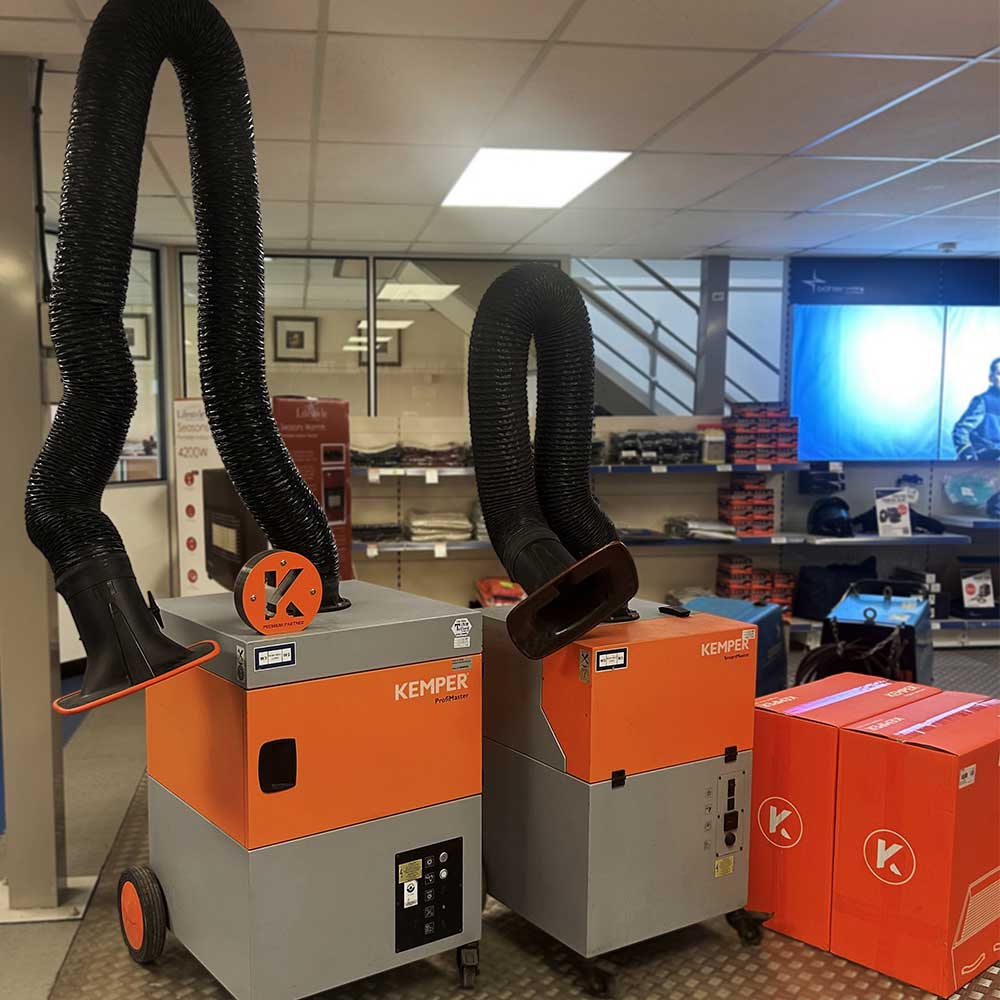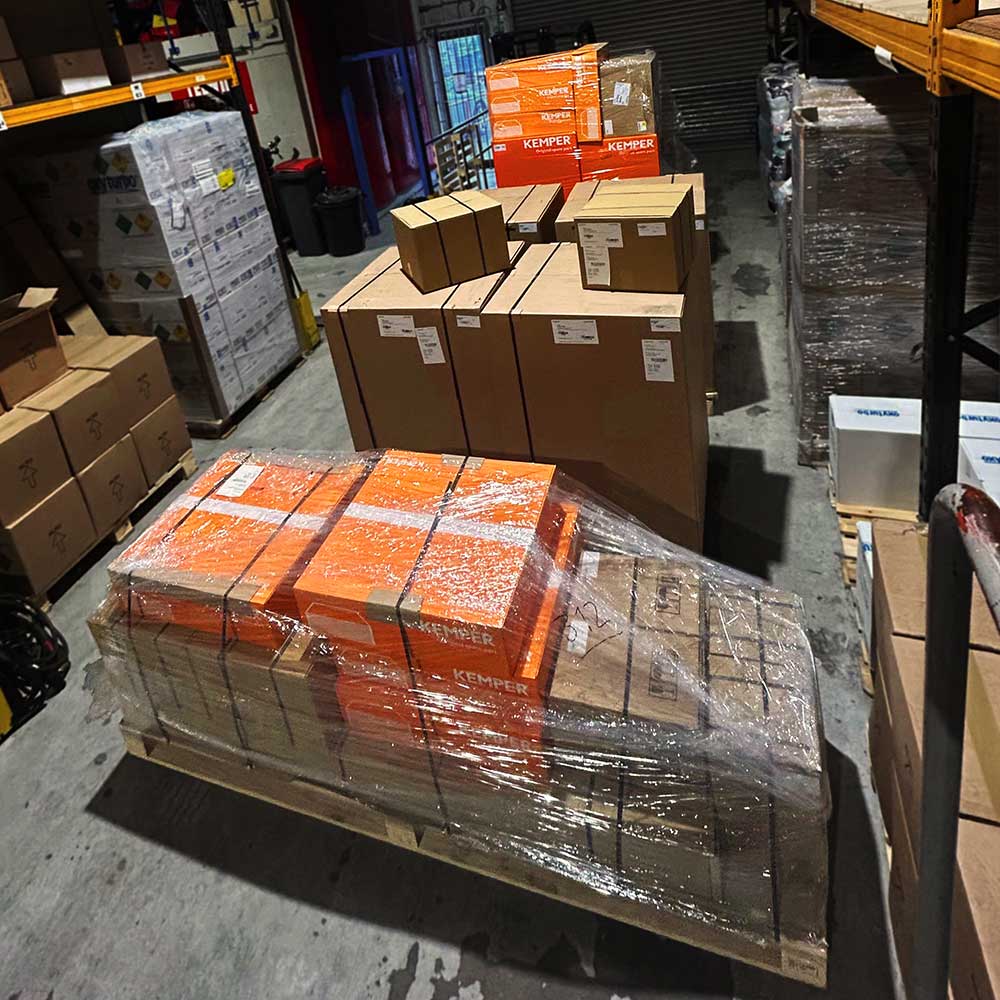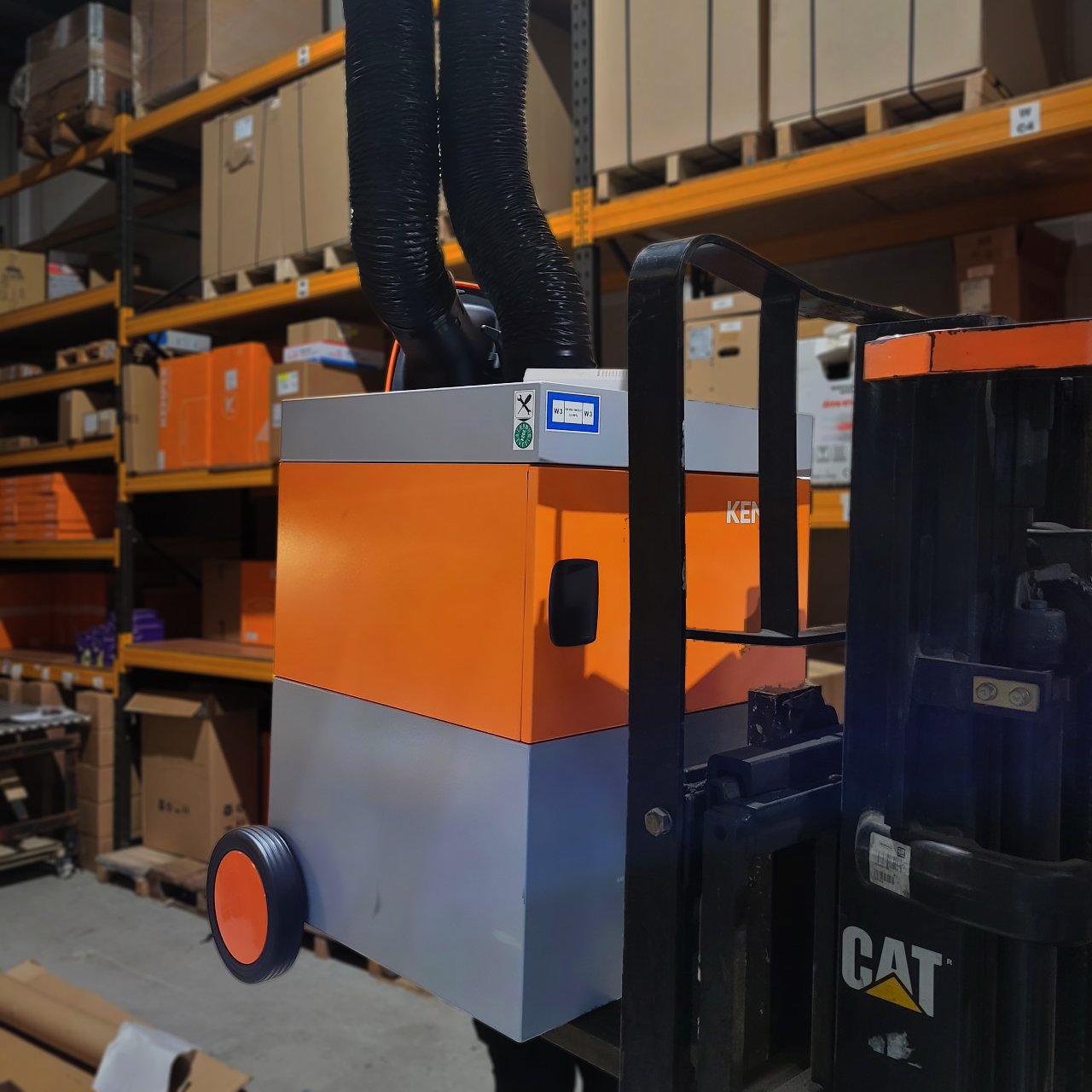Welding Fumes: The Hidden Danger in Your Workshop – And How to Protect Yourself
May 12, 2025Welding is a craft built on precision and power—but it also hides a less visible threat: welding fumes. Whether you're a seasoned professional or a weekend fabricator, understanding what’s in the air around you could be the difference between a healthy career and chronic illness.

In this article, we’ll break down:
- What welding fumes are
- Health risks associated with exposure
- Legal responsibilities under UK law
- Practical steps to protect yourself and your team
What Are Welding Fumes?
Welding fumes are a complex mixture of metal particles and gases released during welding processes like MIG, TIG, MMA, and plasma cutting. These fumes vary depending on the materials and consumables used but may include:
- Iron oxide
- Hexavalent chromium
- Manganese
- Nickel
- Zinc oxide (especially when welding galvanised materials)
Health Risks: Short-Term and Long-Term Exposure
Short-term exposure may cause:
- Irritation of the eyes, nose, and throat
- Nausea and dizziness
- Metal fume fever (common with zinc exposure)
Long-term exposure has been linked to:
- Chronic bronchitis
- Decreased lung function
- Neurological damage (due to manganese)
- Increased risk of lung cancer (especially from stainless steel welding)
The Legal View: What the HSE Says
In the UK, the Health and Safety Executive (HSE) has issued strict guidance following research by the International Agency for Research on Cancer (IARC) classifying welding fumes as a Group 1 carcinogen.
As of 2019, there is no safe level of exposure to welding fumes, and all employers are legally required to provide effective controls—including fume extraction and respiratory protective equipment (RPE).
How to Stay Safe: Workshop Best Practices
- Use LEV (Local Exhaust Ventilation)
Systems like mobile fume extractors and arm-mounted units capture fumes at the source. - Wear the Right Respiratory Protection
RPE such as PAPR (Powered Air Purifying Respirators) helmets protect when fume capture isn’t enough. - Improve General Ventilation
Ensure your workshop has good airflow and air changes per hour. - Monitor Air Quality
Use air quality testing or HSE’s COSHH guidance to assess whether your setup is adequate. - Educate Your Team
Safety training should include fume awareness and PPE usage.
How We Can Help
At Welding Superstore, we supply a wide range of Kemper fume extractors, PAPR helmets, and other safety solutions. Whether you're upgrading your current system or setting up from scratch, our team can help you meet safety regulations and protect your health.


Welding fumes aren’t always visible—but the damage they cause can be life-changing. Investing in the right equipment and education is the smartest move any welder or workshop manager can make.
Need advice on fume extraction or PPE?
Get in touch with our team on 01952 290800 / sales@weldingsuperstore.co.uk or browse our Kemper fume extractor collection.
OTHER ARTICLES
Discover the Full Range of FMB Bandsaws at Welding Superstore.
July 28, 2025
Why the Cutmax 150mm Portable Metal Bandsaw Stands Out?
July 22, 2025
How to Choose the Right Welding Curtain: Orange vs Green vs Dark Green
July 14, 2025
Where Can Welding Take You? Explore the Career Paths and Salaries in Today’s Welding Industry
July 8, 2025
Now Available: Parweld XTM405I Multi-Process MIG Welders
July 1, 2025
How Often Should You Replace Fume Extractor Filters?
June 25, 2025
Massive Telwin Welding Equipment Sale Now Live 2025
June 16, 2025
Men’s Health Week 2025: Why It Matters in the Welding and Trades Industry
June 9, 2025
Welding Superstore Welcomes June with Gratitude and a Growing Community
June 2, 2025
Welding Duty Cycle Explained: Why It’s One of the Most Important Specs to Understand
May 27, 2025

